Affiliate links on Android Authority may earn us a commission. Learn more.
Explained: What do the Apple H1 and H2 chips do?
February 13, 2023
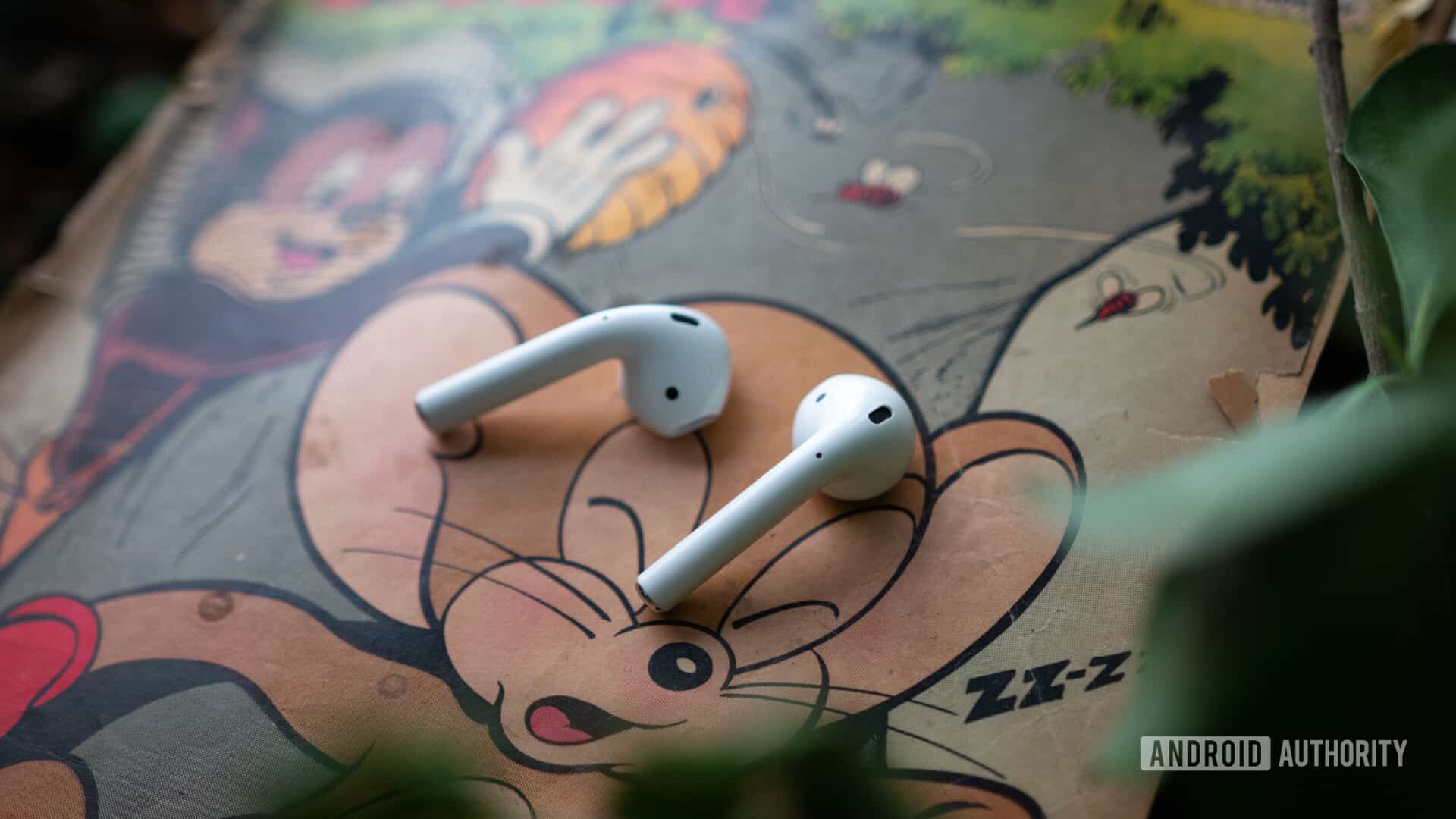
The true wireless earbuds market has become extremely crowded of late, making it difficult to pick the right one for your needs. Apple’s AirPods stand out from the crowd, particularly because we get the expected quality-of-life features that make using them with the iPhone and Macbook feel almost magical. The Apple H1 and H2 chips sit at the heart of this effort, delivering faster pairing, better Bluetooth audio quality, and improved noise canceling.
The H1 and H2 chips are found inside a range of Apple audio products, including the regular AirPods, the AirPods Pro, the AirPods Max, and even the Beats Studio Buds. And even though you might not want to buy into the Apple ecosystem, the ecosystem and convenience on offer are hard to ignore. Here’s how the Apple H1 and H2 chips enable some of the AirPods’ signature features.
What does the Apple H1 chip do?
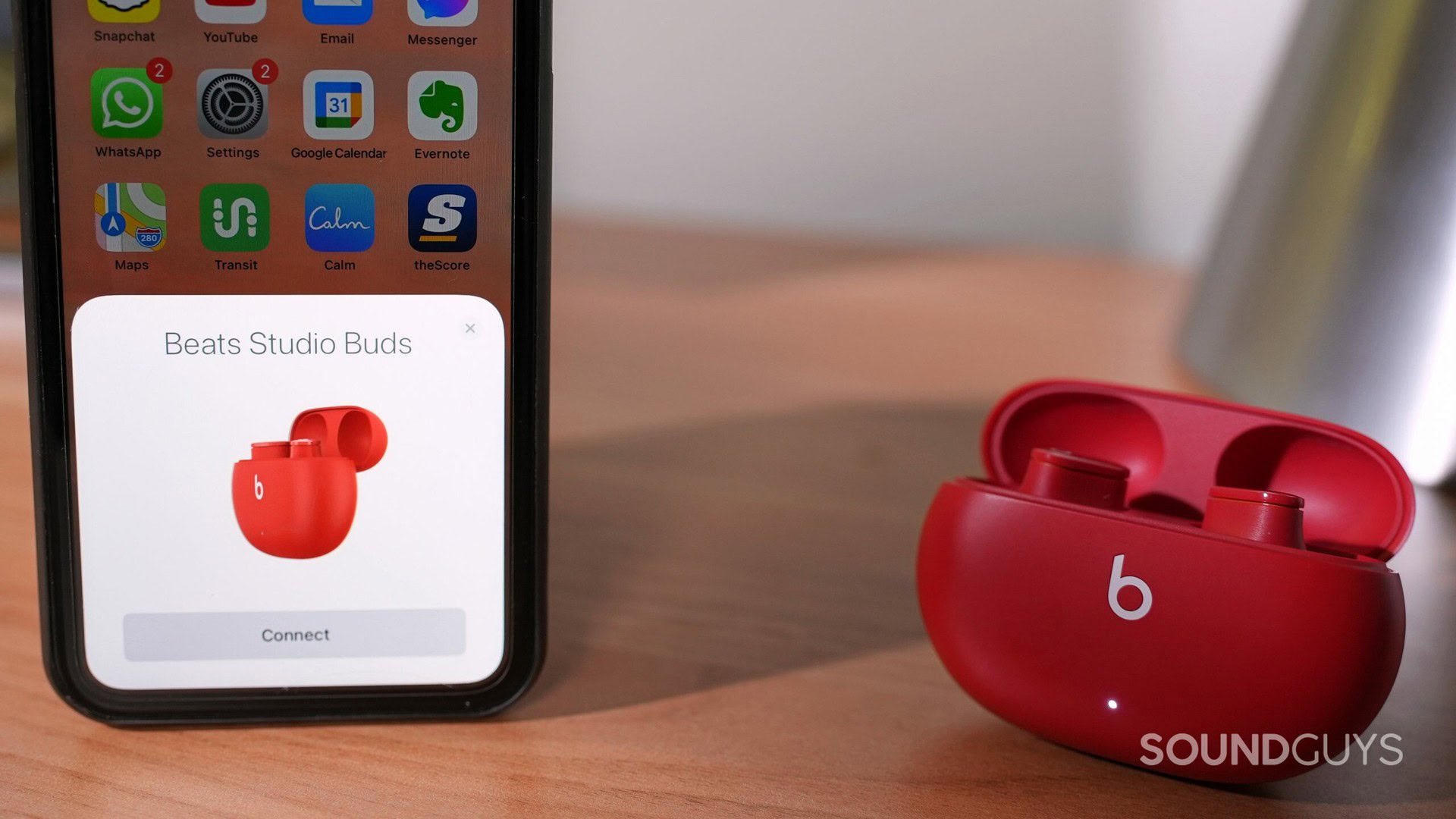
Let’s back up a second and consider what exactly the Apple H1 chip does. It’s not a processor in the smartphone or PC sense, so it’s not running a complex operating system or powering a display. No, the H1 is a streamlined chip designed for just a few tasks. Apple keeps the innards of its chip a secret, but we do know that it includes a modem for handling Bluetooth connectivity, a Digital Signal Processor (DSP) for decoding the compressed audio stream, and a co-processor (possibly a second DSP) for handling sensor information.
A highly optimized processor can make significant battery savings over a more generic design. As a result, the Apple H1 boasts some battery life improvements over the W1 (found in the first-gen AirPods). Talk time reaches up to three hours rather than just two, and up to five hours of audio playback. There’s new support for voice-activated Siri commands (in addition to a double-tap), and Bluetooth 5.0 support, up from 4.2.
Bluetooth 5.0 support isn’t meaningful for headphones quality as audio codec profiles still utilize lower transfer rates. That said, Bluetooth 5.0 does allow for audio streaming to multiple devices at once and also lowers power consumption over its predecessor. Finally, the Apple H1 is also used for features such as noise cancellation, adaptive EQ, and spatial audio on some devices like the first-generation AirPods Pro.
The Apple H1 chip enables features such as noise cancellation, in-ear detection, and device switching.
On the plus side, latency is 30 percent lower between the H1 and W1. This is good news for mobile gamers. Apple also promises that connection times when switching devices are now twice as fast. So you can hop between your Apple Watch or iPad faster than ever before. The chip’s sensor support also means that it can detect which AirPod is in your ear, so it only uses the microphone you’re actually wearing when making calls.
Some of the H1's best features, such as a strong connection and fast pairing, aren't available to Android users.
That’s all very smart, but the Apple H1 doesn’t support everything that serious audio users may desire. AAC is the only audio codec on board. There’s no third-party proprietary aptX or LDAC, which offer superior quality on Android handsets. So that’s a big “no” to higher resolution audio and minimal compression.
And what about the new Apple H2 chip?
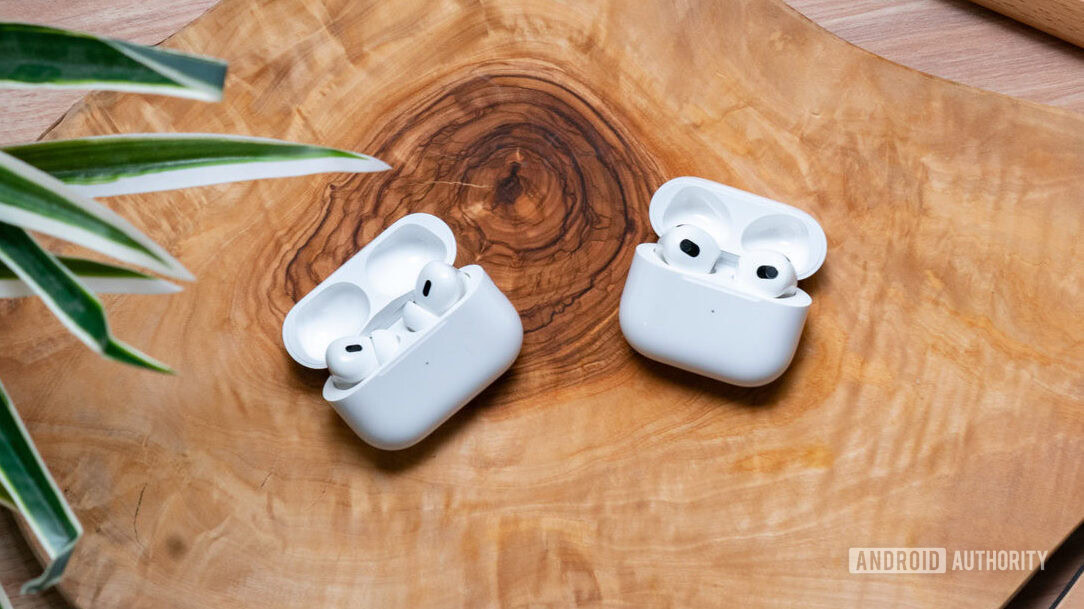
When Apple released the AirPods Pro (2nd generation), it also unveiled an updated H2 chip alongside it. So far, no other audio product besides the latest AirPods Pro uses it. But how does Apple H2 differ from the first-gen H1 silicon? Well, as you’d expect, it firstly includes all of the H1’s improvements.
According to Apple, the H2 chip also brings improved noise cancellation, longer battery life, and a new adaptive transparency mode. In our review of the second-gen AirPods Pro, we concluded that it does an excellent job at canceling noises, especially when compared to its predecessor. The new adaptive transparency mode, meanwhile, actively listens to your surroundings and cuts down on unwanted and harsh background sounds.
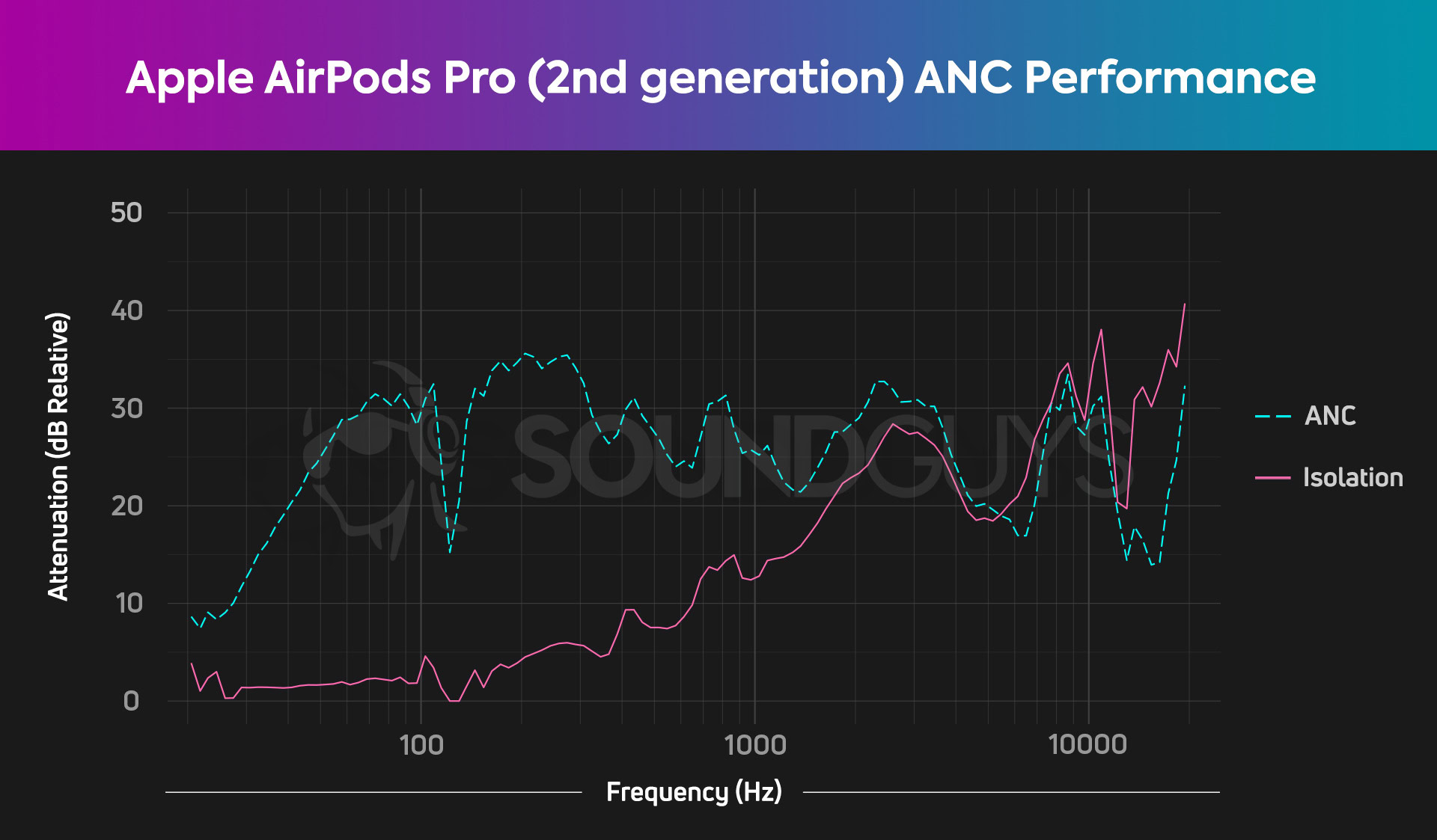
The AirPods Pro also gained a second chip, the Apple U1, which allows you to use ultra-wideband (UWB) technology to locate your AirPods. We’ve seen the same tracking technology on the AirTag as well.
The Apple H2 chip reduces pairing time, improves noise canceling, and adds features like adaptive transparency mode.
Alternative Bluetooth chips and audio products
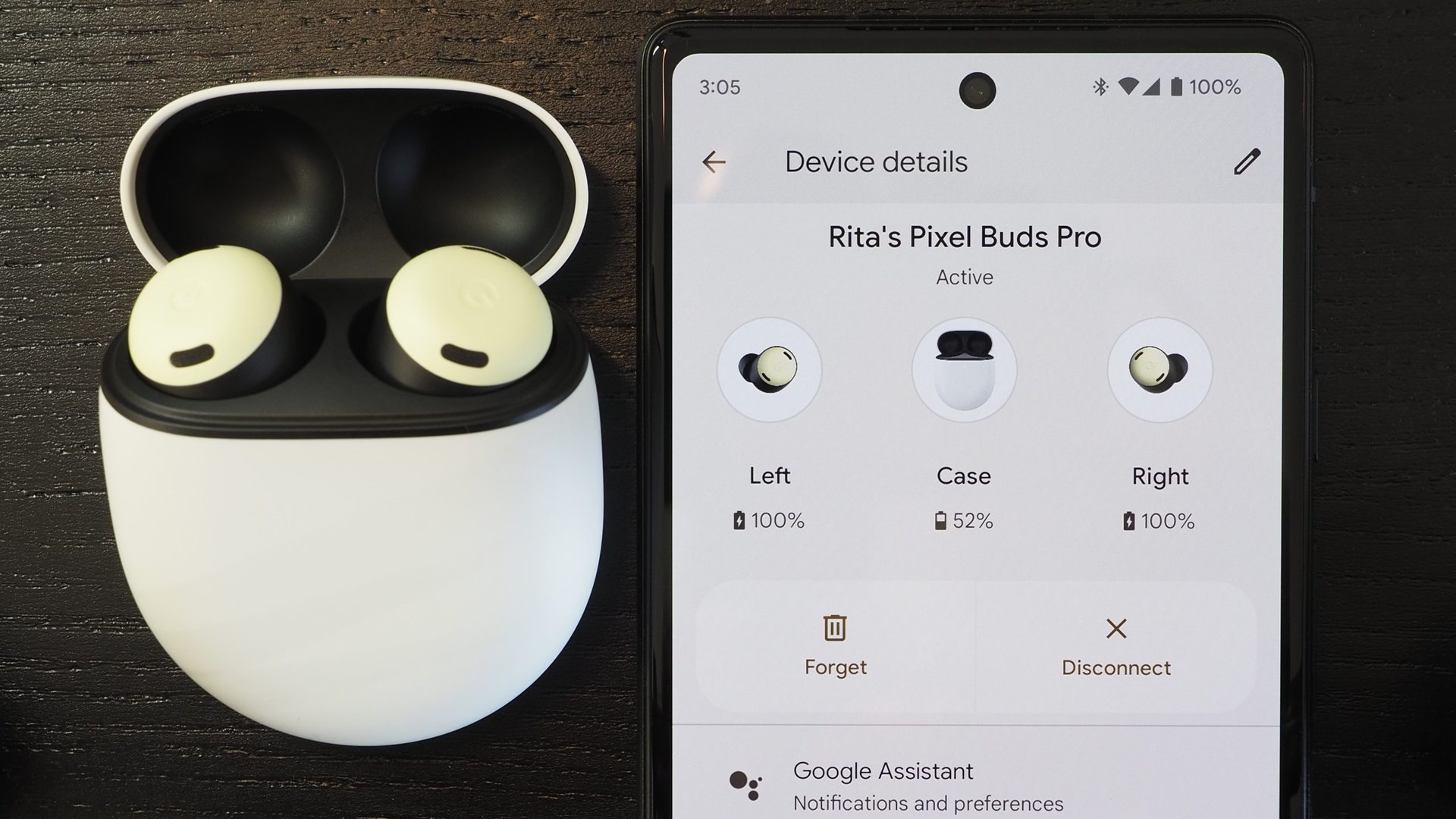
If you’re keen to steer clear of the Apple ecosystem or fancy some different headphones, there are plenty of great Apple AirPods alternatives out there. Many also feature chips that offer superior levels of technology, thanks to advancements in noise cancellation tech and specialized codecs like AptX Low Latency. Put simply, the Apple H1 is certainly not the only game in town.
Qualcomm QCC and CSR series
Qualcomm is the big name in Android smartphone chips and has its own range of wireless audio SoCs too. If you’re looking for some of the industry’s most cutting-edge audio features, Qualcomm’s chips are usually your best bet. The list includes high-quality codec support in the form of aptX and optional LDAC, feedforward, and feedback Hybrid ANC, and ultra-low power consumption.
Much of Qualcomm’s audio efforts are spun out of its acquisition of aptX from CSR back in 2010, before buying the entire company in 2015. Qualcomm sells a wide range of audio chips under the CSR naming scheme. Features include support for AAC, aptX, and LDAC codecs, noise cancellation, and voice detection for assistants.
Unfortunately, Qualcomm’s QCC range of products has not appeared in many true wireless headphones to date. According to sources who have spoken with us in the distant past, Qualcomm’s technology is more expensive than its rivals and some potential partners aren’t aware of its true wireless product portfolio.
MediaTek, Broadcom, and others
According to a teardown conducted by the Japanese publication EE Times, the Sony WF-1000XM4 uses a MediaTek MT2822 chip — likely with some modifications to accommodate Sony’s proprietary noise-canceling algorithm. The inclusion of a MediaTek SoC also explains why Sony doesn’t offer Qualcomm’s AptX codec. MediaTek chips also power wireless audio devices made by Amazon, JBL, Lenovo, and a handful of other companies.
Other industry behemoths in the audio chip business include Chinese manufacturers BES and Broadcom. The original Samsung Galaxy Buds used a Broadcom chip, while the newer Galaxy Buds 2 house a BES-made chip.
There’s a diverse ecosystem of chips out there
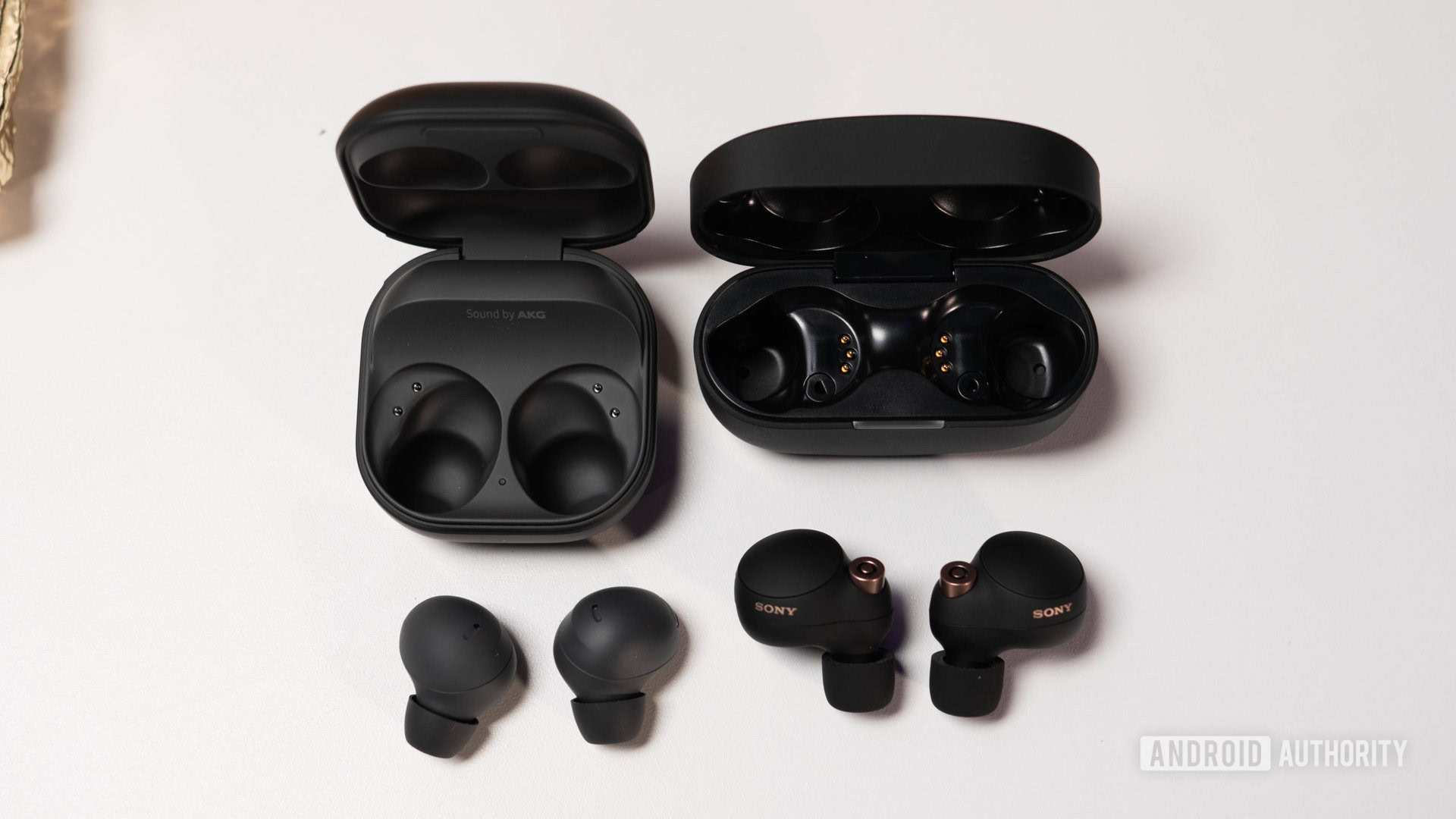
Bluetooth audio SoCs are seldom talked about, partly because audio brands actually end up determining which features are implemented anyway. The Apple H1 is an exception because it is designed with Apple’s specific vision of Bluetooth earbuds. That’s great in some ways, as it has produced a power-efficient design with a pretty comprehensive list of features. However, the best features are reserved for those who buy into Apple’s broader product ecosystem and it doesn’t support everything that high-end audio consumers may want.
Outside of Apple’s ecosystem, there’s also a huge range of available products, each sporting different capabilities, and price point targets. Features such as noise cancellation, voice commands, and high-quality Bluetooth codecs can now be found even in mid-range offerings.
The bottom line is that there are definitely competitive SoCs to the Apple H1 and H2 out there for Android users. However, very few companies talk about the chip powering their headphones, instead preferring to focus on the end-user features.
Thank you for being part of our community. Read our Comment Policy before posting.